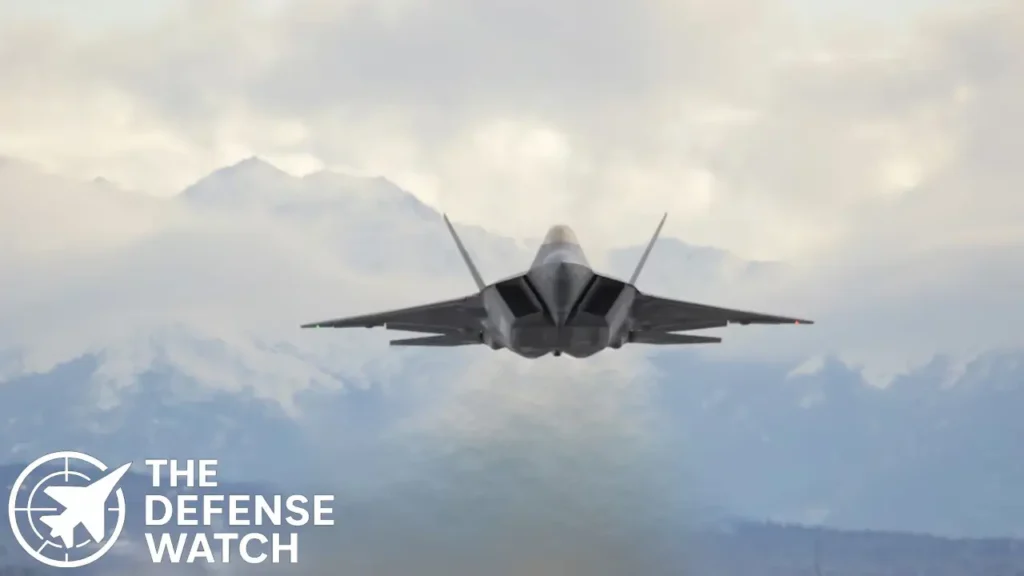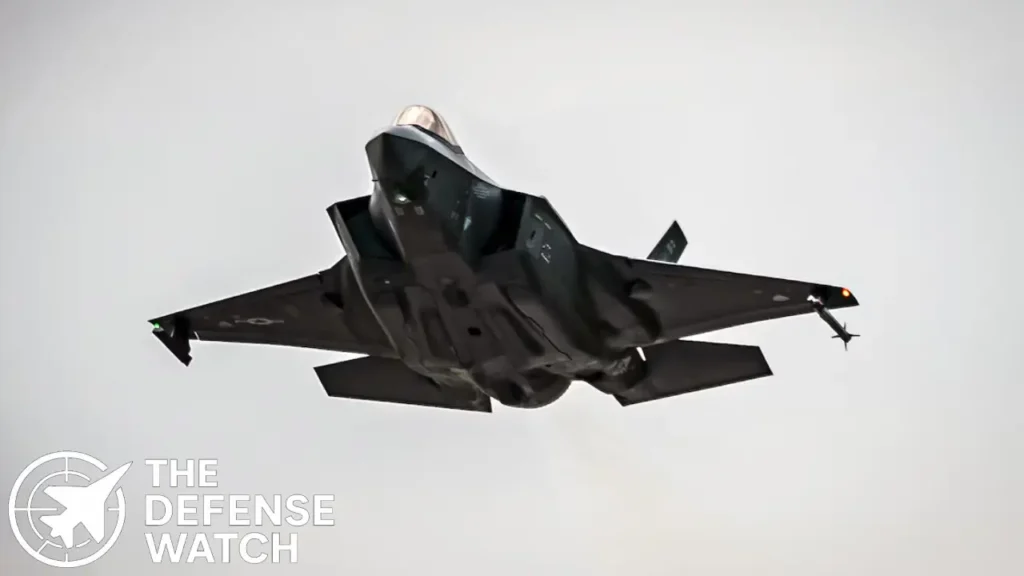F-22 vs F-35 Differences 2025: Understanding America’s Stealth Fighters
The F-22 Raptor and the F-35 Lightning II remain the backbone of U.S. fifth-generation airpower in 2025. Both developed by Lockheed Martin, these stealth jets often draw comparisons, but their missions, design philosophies, and production paths are notably different. As global tensions rise, understanding the distinctions between the F-22 and F-35 has become central to debates over U.S. air dominance.
Mission Role and Operational Focus
The F-22 Raptor was designed as an air superiority fighter, optimized for dogfighting, speed, and stealth against peer adversaries. Its twin engines deliver unmatched thrust, giving it supercruise capability—sustained supersonic flight without afterburners—making it unrivaled in high-end aerial combat.

By contrast, the F-35 Lightning II was built as a multi-role stealth fighter, capable of conducting air-to-air, air-to-ground, and electronic warfare missions. The F-35 integrates deeply with Joint All-Domain Command and Control (JADC2) networks, making it as much an information node as a fighter jet. While less maneuverable than the F-22, it excels in situational awareness and strike versatility.

Production and Export Status
Production also highlights a sharp divide. The F-22 program ended in 2012 after just 187 aircraft were built, and the Raptor remains exclusive to the U.S. Air Force due to an export ban. While upgrades such as new sensors, avionics, and potential electronic warfare improvements continue, the Raptor fleet is aging and limited in scale.
In contrast, the F-35 continues active production in 2025, with over 1,000 aircraft delivered worldwide. Operated by more than a dozen allied nations, the F-35 has become the most widely exported fifth-generation fighter, strengthening interoperability within NATO and Indo-Pacific security frameworks.
Technology and Upgrade Path
The F-22’s airframe, while still stealthy, reflects late-1990s design choices. Its avionics are being modernized, but the fighter lacks the open systems architecture of the F-35, which was built with software-driven adaptability in mind.
The F-35 is undergoing continuous Block 4 upgrades, adding advanced weapons, sensor fusion, and enhanced electronic warfare capabilities. Its Distributed Aperture System (DAS) and Helmet-Mounted Display (HMD) give pilots a panoramic situational view, features absent in the F-22.
Strategic Context in 2025
While the F-22 remains unmatched in pure air dominance, its small fleet size limits its impact in large-scale conflicts. The F-35’s versatility and global proliferation make it the cornerstone of allied airpower, ensuring both deterrence and operational flexibility.
Analysts argue the two jets should not be viewed as rivals but as complementary assets. The F-22 can clear the skies of enemy aircraft, while the F-35 provides strike capability and acts as an information-sharing hub. Together, they form a layered approach to maintaining U.S. and allied air superiority.
FAQs
The F-22 is superior in air-to-air combat due to speed, stealth, and maneuverability, while the F-35 excels in multi-role missions and situational awareness.
Congress banned F-22 exports to protect U.S. stealth technology, making it exclusive to the U.S. Air Force.
The F-35, with over 1,000 units delivered to allied nations, is far more numerous and globally integrated than the F-22.
The U.S. Air Force plans to eventually replace the F-22 with the Next Generation Air Dominance (NGAD) program, expected to enter service in the 2030s.


4 comments
[…] Stealth Fighter (air-to-air, air-to-ground, electronic […]
[…] F-22 introduced a blend of stealth, supercruise, sensor fusion, and unmatched maneuverability. Designed to counter advanced Soviet […]
[…] the world’s most proliferated 5th-generation fighter, the F-35 combines stealth, sensor fusion, networked operations, and multirole […]
[…] Is the Rafale a viable alternative to the F-35? And under what circumstances could it outperform America’s stealth […]